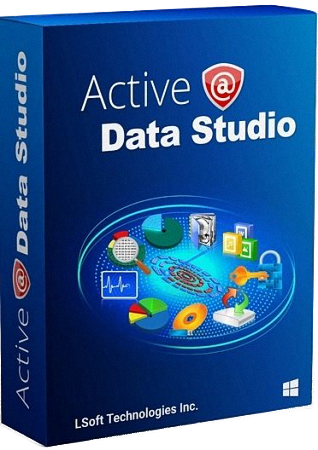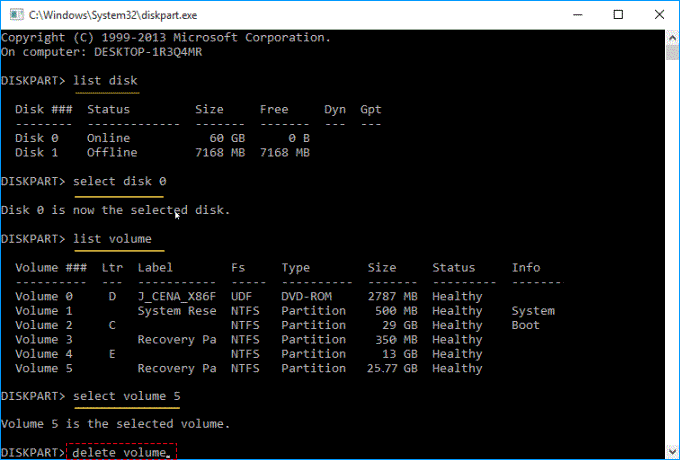
Mount the Read/write Base System to Make Customizations
Right-click ~/Desktop/Mac OS X Base System RW.dmg. In case a mistake is made, it would be a good idea to make a copy of the read/write version of the. Double-click ~/Desktop/BaseSystem.dmg to mount it. Mount BaseSystem.dmg to Make A Read/write Copy of it Copy BaseSystem.dmg and BaseSystem.chunklist to the Desktop (both are hidden files). Double-click InstallESD.dmg to mount it. Run the command defaults write AppleShowAllFiles TRUE killall Finder. Mount InstallESD.dmg to Find The Recovery HD Image  Copy SharedSupport/InstallESD.dmg to ~/Desktop.
Copy SharedSupport/InstallESD.dmg to ~/Desktop. HOW TO DELETE RECOVERY PARTITION MAC INSTALL
Right-click Install OS X Mountain Lion.app. You will not be able to use Cmd+R to boot to your custom Recovery HD (unless you use the dmtest tool). Use a test machine for this as you will be overwriting data and possibly creating partitions. Familiarity with disk partitioning and mounting/un-mounting volumes. Ability and confidence to enter commands in the Terminal, adjusting them to suit your environment, if necessary. Xcode or another app to edit plist files. or skip a few steps and download dmtest ( Lion) ( Mavericks) from my Dropbox. Install OS X Mavericks.app or Install OS X Yosemite.app. Requirements For This Walkthrough Materials The example I use in this walkthrough is Calculator.app. However, this process seems to work for other 64-bit apps. At the end, I realized I probably wouldn’t be able to add this app to the Recovery HD until JAMF updates it to 64-bit. 
So this post is based off of this article and this feature request on JAMF Nation. Originally, I wanted to use Casper Imaging from the Recovery partition.






 0 kommentar(er)
0 kommentar(er)
